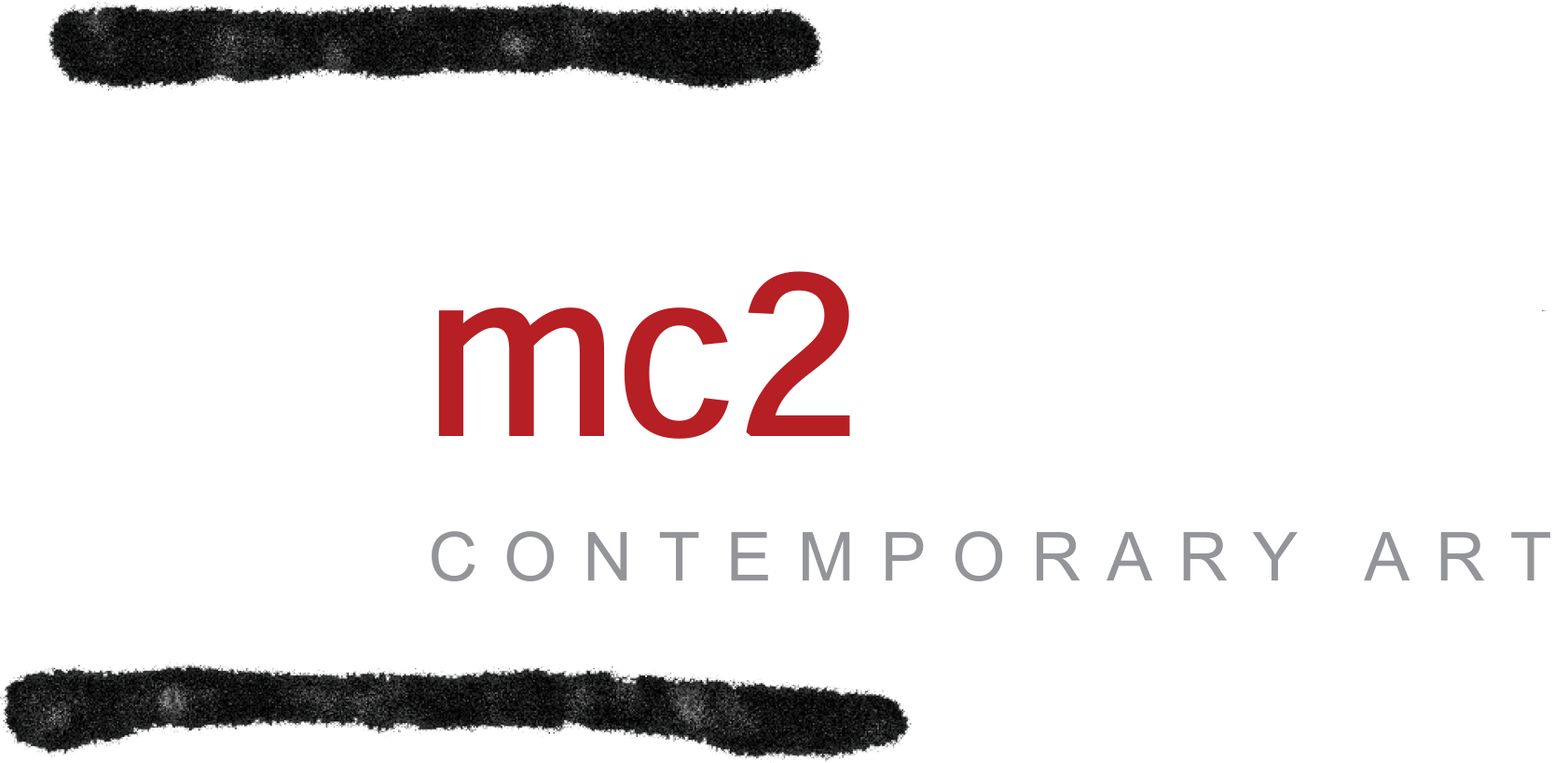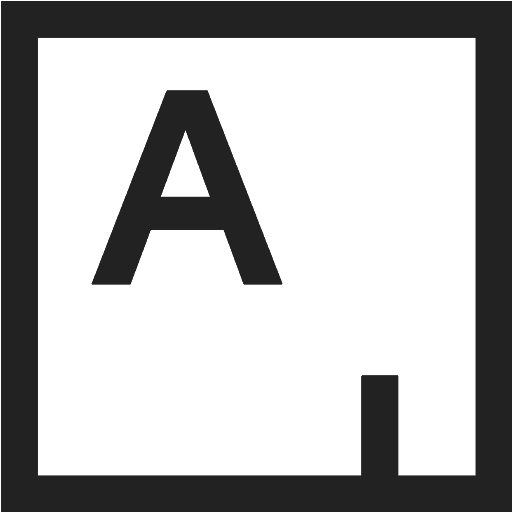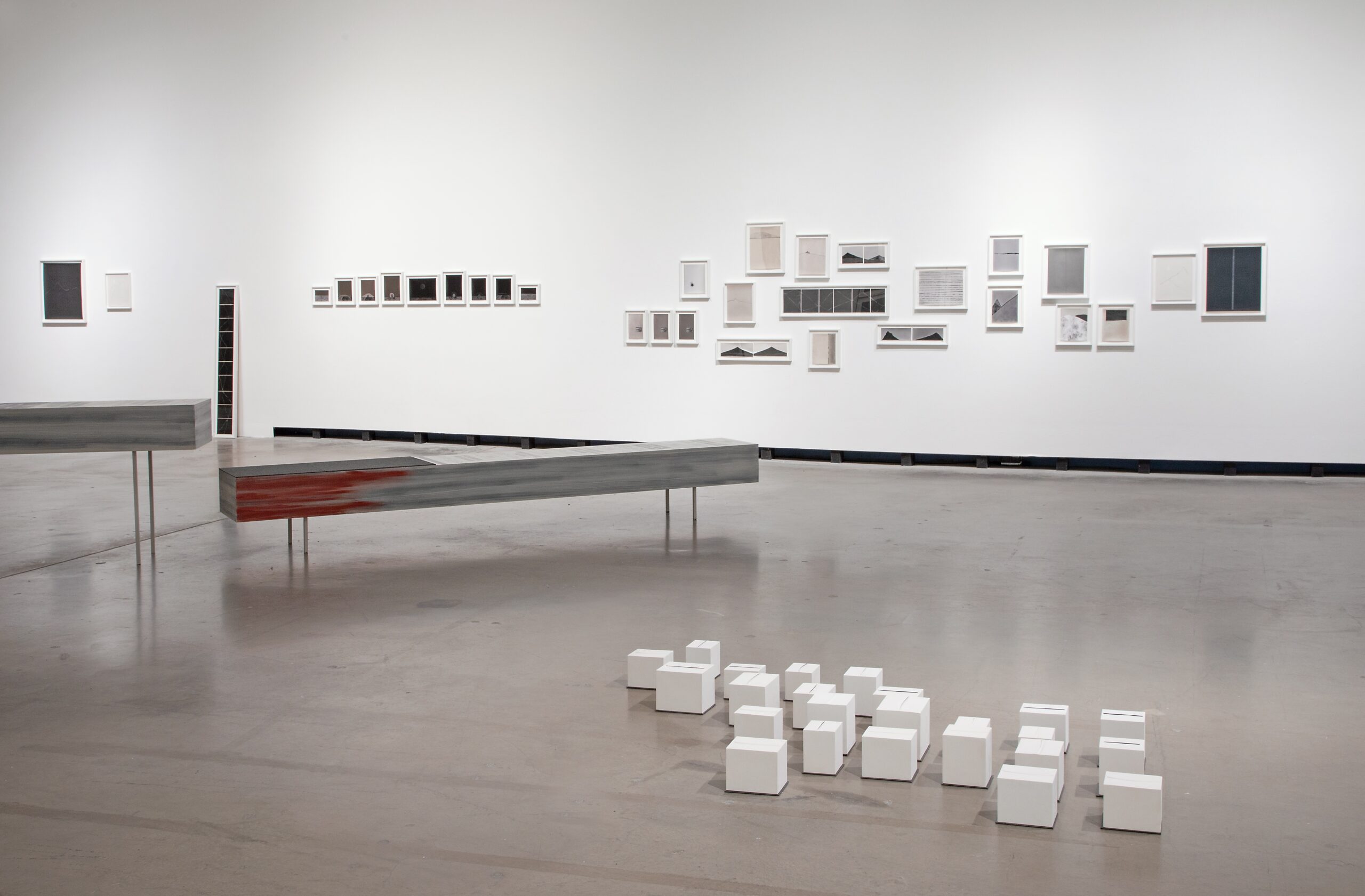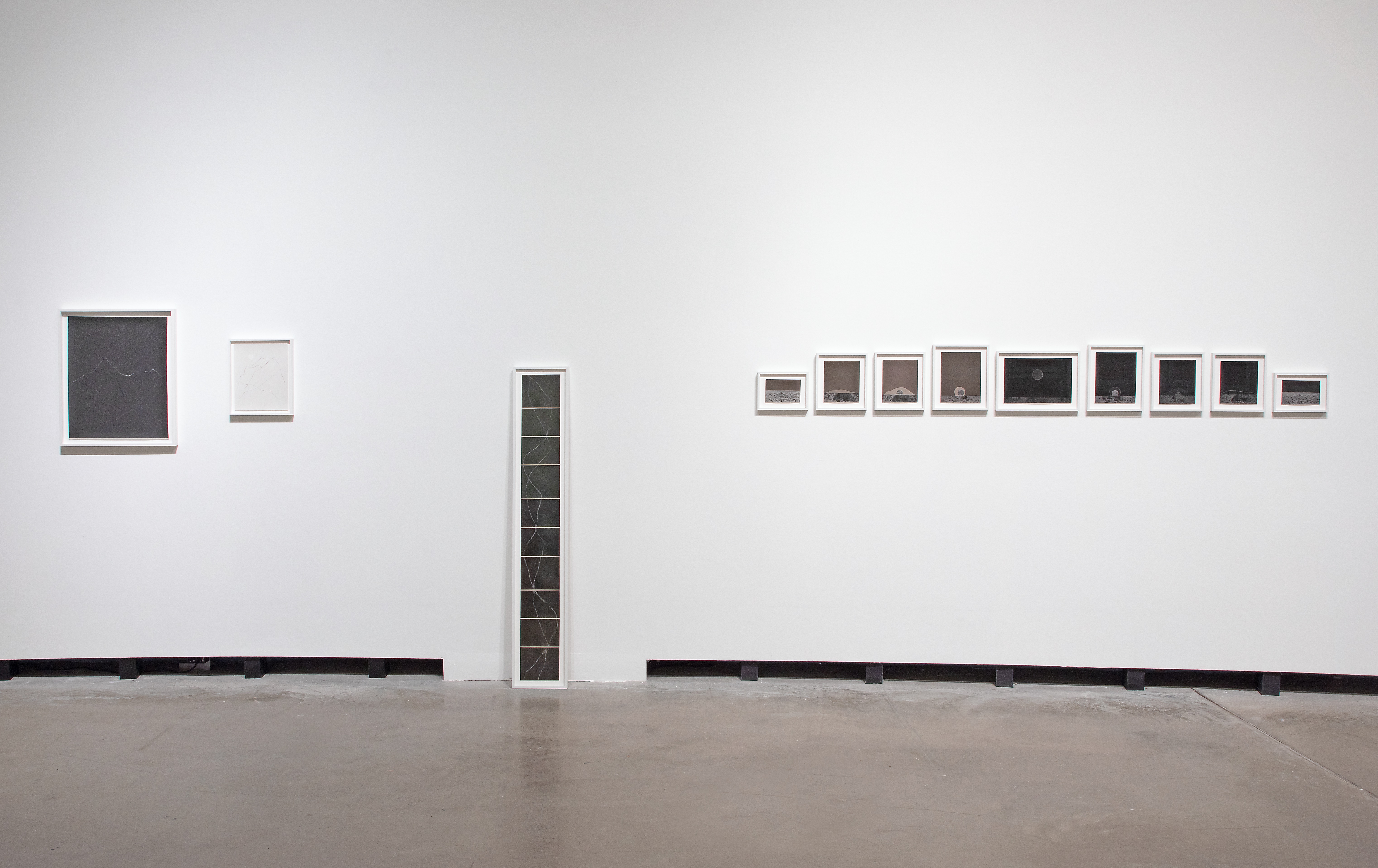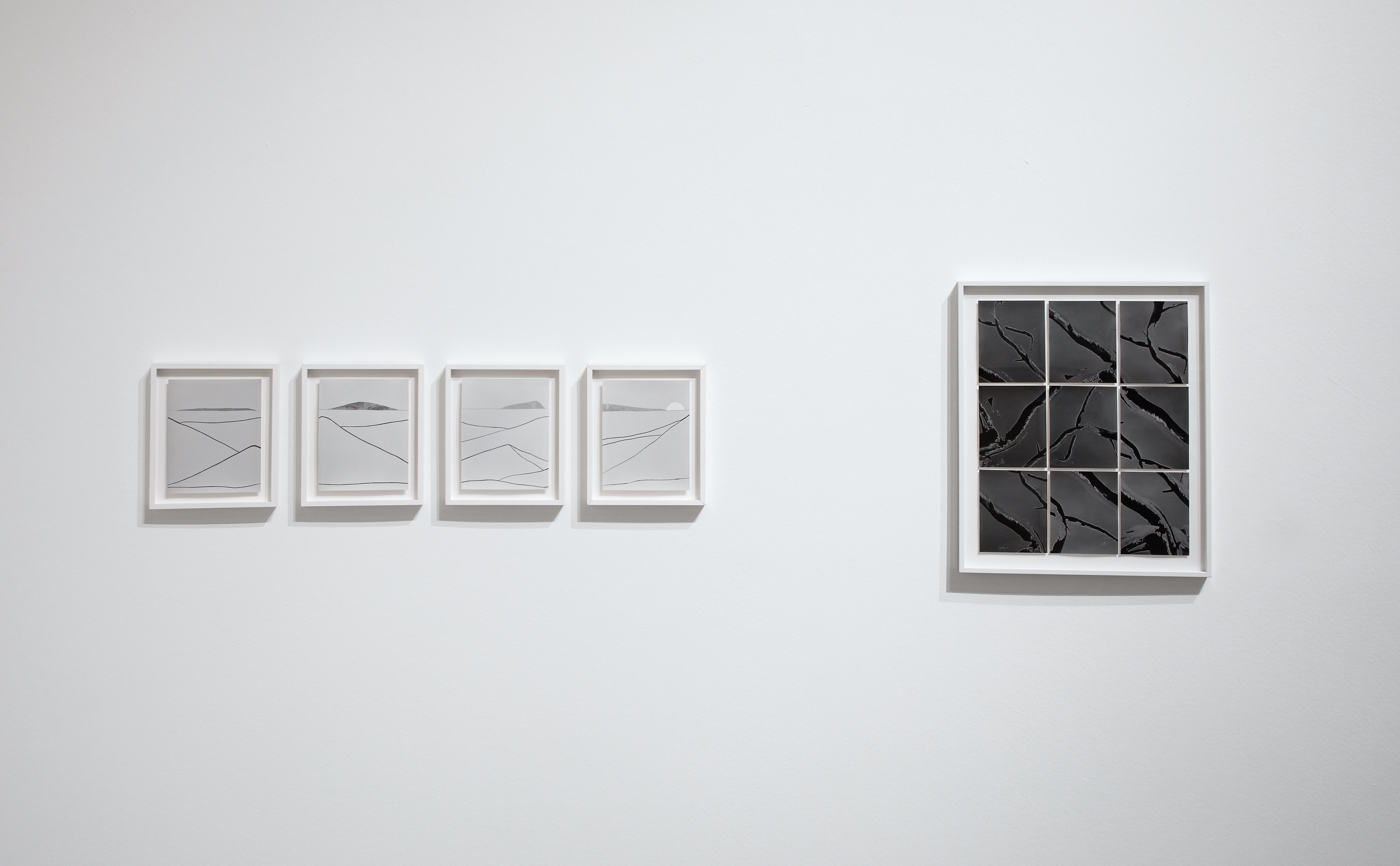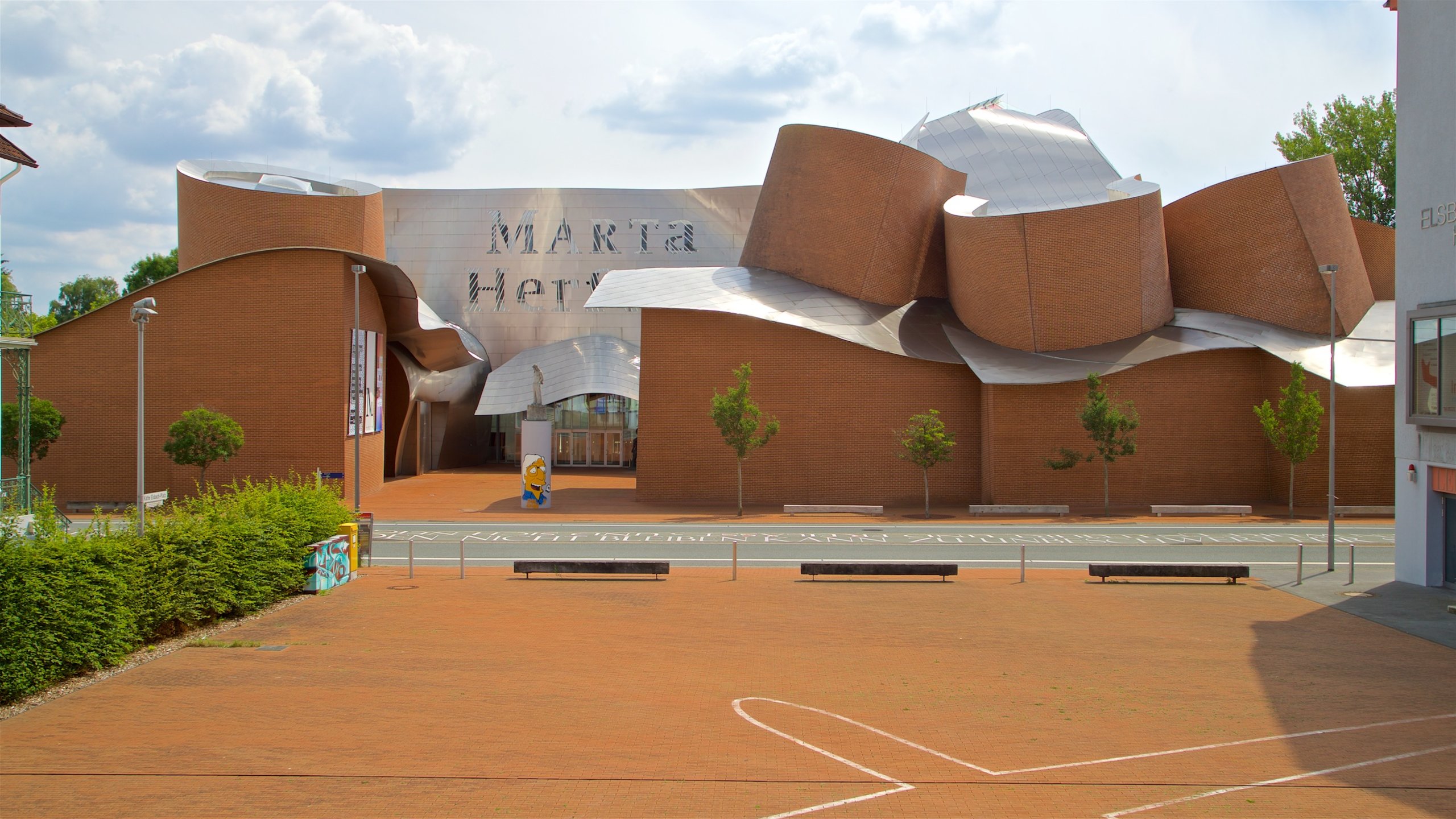Seven selected artists examine established perception mechanisms. In the field of tension between painting and photographic techniques, they address the veracity of images and open up new interpretative frameworks. In an amazing way, the show explores the mutuality of photorealist.
Even though photography has long since broken away from the simple reproduction of visual reality, the notion of its relationship with real contexts still remains. By contrast, the medium of painting is perceived as a realm of illusion for fiction. In the digital age, artists are increasingly operating on the boundary between painting and photography as they explore experimental approaches to both our visual memory and the production of images.
Painters make use of the mental association between photography and reality by imitating a photorealistic aesthetic to create a “reality effect” (Roland Barthes). But replicating the real world takes the aesthetics of representation ad absurdum and divines the transience of reality. Meanwhile, in photography, a painting-like quality is used to convey a fictitious impression. Artistic techniques such as blurred motifs, fragmentation, overexposure and manipulation applied in the darkroom reveal the photographic reproduction to be a composed, constructed image.
In the course of digitalization, the distinct aspect of temporality inherent in photography is increasingly disappearing. The creation of an image is barely still connected to the process of photography, for now, more than ever, the photo as a reproduction is an unfinished image. For a long time, photography had to struggle for its legitimacy in the history of art as an independent genre. In the meantime, like painting, photography has come to be regarded by artists as a visual medium employed to create new images. The exhibition therefore also asks whether strict division into separate genres is still apt, or whether we should instead talk in terms of a new intermedial visual age.
